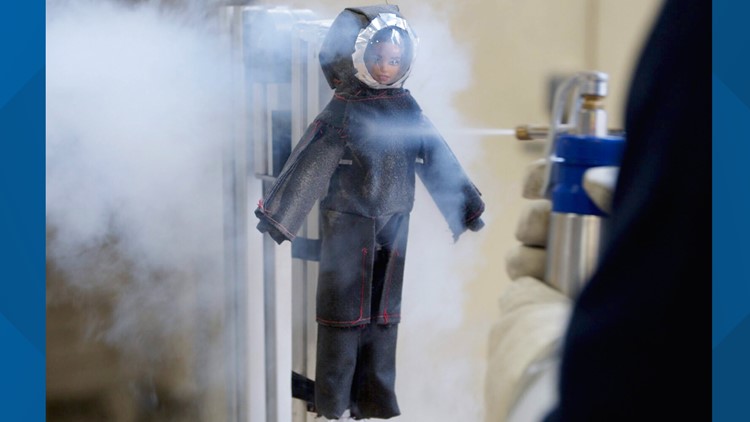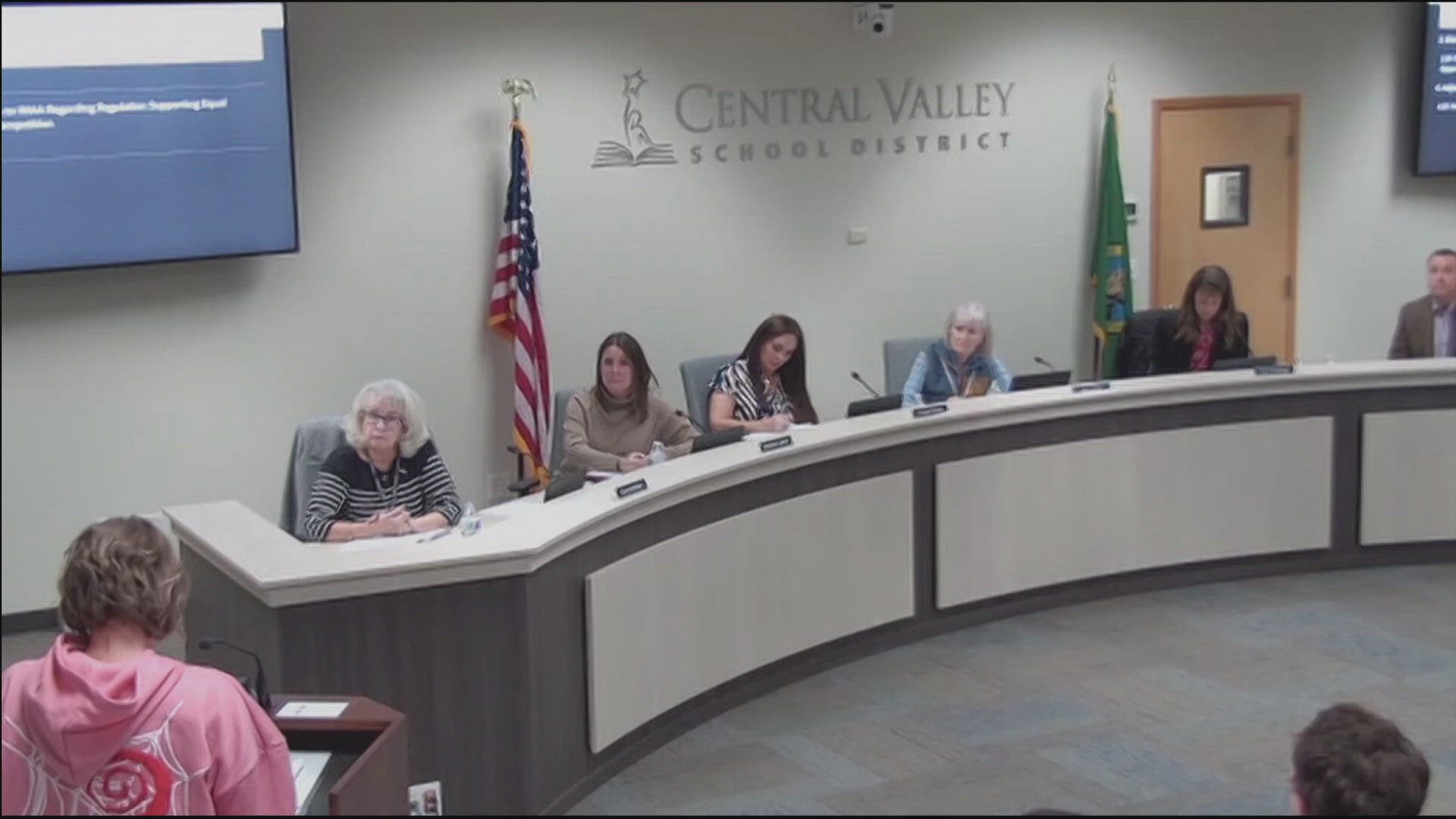PULLMAN, Wash. — A Washington State University (WSU) team won a NASA award after creating a prototype that cleans lunar dust from spacesuits.
The WSU Voiland College of Engineering and Architecture team won the prestigious Artemis Award at NASA’s Breakthrough, Innovative and Game-changing (BIG) Idea Challenge, according to a WSU press release.
The Artemis Award recognizes WSU's project for its potential to contribute to and be integrated into NASA’ s Artemis mission, which aims to land the first woman and person of color on the moon in 2024.
According to the NASA website, The BIG Idea Challenge allows undergraduate and graduate students to design and present robotic systems with alternative rover locomotion modalities in off-world extreme lunar terrain applications.
The WSU team was one of seven teams around the U.S. that participated in the BIG Idea Challenge. The team received a $130,000 grant in early 2021 to complete the project that they presented to NASA judges this week.
According to the press release, the team conformed by graduated and undergraduate students, used a doll in a makeshift space suit to demonstrate their technology that uses the Leidenfrost Effect to clean the lunar dust from spacesuits.
To carry dust particles away on boiling vapor, the team used liquid nitrogen, and ash from the 1980 Mt. St. Helens eruption to substitute for lunar dust.
For NASA scientists, lunar dust has created concerns because the lunar dust is electrostatically charged and makes the dust get everywhere, damaging engines, electronics and causing health problems if people inhale it. Scientists have not found a way to clean off items that get dusty in space quickly, the press released says.
“This team of sophomores and juniors has showed, yet again, that WSU’s best can compete with the best from anywhere — both on and off of this planet,” Jacob Leachman, associate professor in the School of Mechanical and Materials Engineering and one of the team’s advisors said. “Their results show decisively that their concept could solve this challenge. I’m over the moon for the hard work this team completed and how much they learned during a difficult time.”
The team also received an award for having the best technical paper at the event.



